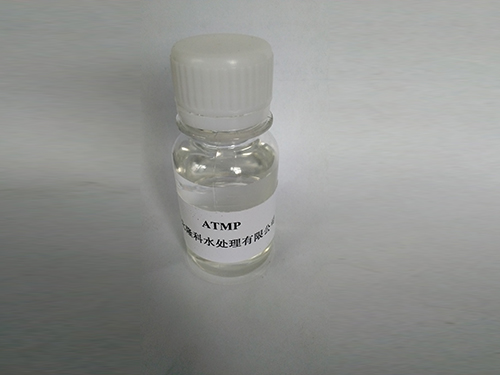Coagulant and Flocculant Chemicals for Effective Water Treatment Solutions
Coagulant and Flocculant Chemicals An Overview
Water treatment processes are crucial for ensuring the provision of clean and safe drinking water while also enhancing the quality of water used in various industrial applications. Two vital classes of chemicals involved in water treatment are coagulants and flocculants. These substances play significant roles in the removal of suspended solids, colloidal particles, and other impurities from water. Understanding these chemicals' functions, types, and applications is essential for optimizing water treatment systems.
What are Coagulants?
Coagulants are chemicals added to water to destabilize colloidal particles, causing them to clump together or coagulate. The primary mechanism at play is charge neutralization, where positively charged coagulants neutralize negatively charged particles suspended in water. This neutralization leads to the aggregation of particles, forming larger clusters that are easier to remove through sedimentation or filtration.
Common coagulants include aluminum sulfate (alum), ferric chloride, and polyaluminum chloride (PAC). Each of these has unique properties that make them suitable for different water quality conditions. For instance, alum is widely used due to its cost-effectiveness and efficiency in various applications, while ferric chloride is favored in situations where higher removal efficiencies are necessary, particularly for phosphorus removal.
What are Flocculants?
Once coagulation has occurred, flocculants come into play. Flocculants are polymers that assist in agglomerating the precipitated particles into larger flocs, which can then be easily removed through sedimentation or filtration processes. The primary function of a flocculant is to enhance the physical bonding between particles, facilitating the formation of larger, settleable aggregates.
Flocculants can be categorized into anionic, cationic, and nonionic types based on their charge characteristics. Cationic flocculants are often used in applications where there is a predominance of negatively charged particles, such as in municipal wastewater treatment. Anionic flocculants can be used when treating water with a high concentration of positively charged materials. Nonionic flocculants can be advantageous in a more versatile range of conditions.
coagulant and flocculant chemicals

The Importance of Coagulant and Flocculant Chemicals in Water Treatment
1. Improved Water Quality The primary purpose of using coagulant and flocculant chemicals is to improve water quality by removing turbidity and other suspended particles. By effectively sedimenting these particles, water treatment facilities can ensure the final product is clear and safe for consumption or industrial use.
2. Cost Efficiency With the effective use of coagulants and flocculants, water treatment processes can become more cost-efficient. The reduction of chemicals and energy required for other treatment processes can lead to significant cost savings for water treatment facilities.
3. Enhanced Removal of Contaminants Coagulant and flocculant systems can be tailored to enhance the removal of specific contaminants, including heavy metals, organic materials, and pathogens. This adaptability makes them essential in both drinking water and wastewater treatment scenarios.
4. Sustainability Goals As water treatment facilities strive towards sustainability, the use of coagulants and flocculants allows for more effective water recycling and reuse practices. By ensuring that treated water meets regulatory standards, these chemicals help promote a circular economy in water management.
Conclusion
In the complex world of water treatment, coagulant and flocculant chemicals are indispensable tools that facilitate the purification and enhancement of water quality. Their roles in aggregating and removing impurities are critical to achieving standards necessary for safe water use. With ongoing research and improvements in formulation technologies, the effectiveness and efficiency of these chemicals will continue to evolve, further aiding the global challenge of providing clean water while ensuring environmental sustainability. As industries strive to meet regulatory standards and improve their operational costs, the relevance of coagulant and flocculant chemicals will remain paramount in water treatment practices.
-
Premium Isothiazolinones | Broad-Spectrum Biocidal SolutionsNewsAug.28,2025
-
LK-319 Special Scale And Corrosion Inhibitor For Steel Plants: Advanced Solutions for Industrial Water SystemsNewsAug.22,2025
-
Flocculant Water Treatment: Essential Chemical Solutions for Purification ProcessesNewsAug.22,2025
-
Isothiazolinones: Versatile Microbial Control Agents for Industrial and Consumer ApplicationsNewsAug.22,2025
-
Scale Inhibitor: Key Solutions for Water System Scale PreventionNewsAug.22,2025
-
Organophosphonates: Versatile Scale Inhibitors for Industrial Water SystemsNewsAug.22,2025





